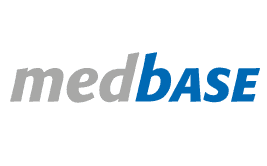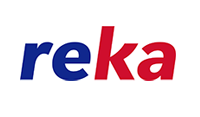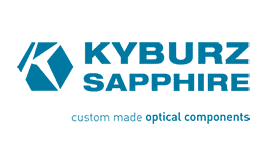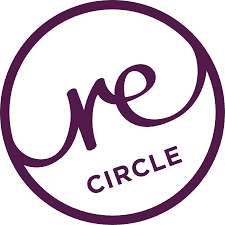The ultimate guide: Have your online store professionally created
In today’s digital world, a professionally designed online store is the key to business success. Whether you’re an established business looking to expand your product range or an aspiring entrepreneur taking your first step into the world of e-commerce, this ultimate guide is exactly what you need. We’ll take you through the crucial steps to make your online store engaging and user-friendly. From choosing the right platform and design to integrating payment-friendly payment methods – we cover it all. Learn how to engage your target audience and optimize the sales process. Immerse yourself in the world of
Why a professional online store is important
In today’s digital era, a professional online store is not just an option, but a necessity for any business that wants to be successful. A well-designed store builds
Another important aspect is user-friendliness. Customers today expect a seamless shopping experience. A professional store ensures that your customers can navigate effortlessly through categories, add products to their shopping cart and complete their purchase. This not only increases customer satisfaction, but also the repurchase rate.
In addition, a professional online store enables stronger brand loyalty. You can build long-term customer relationships through social media integration, personal recommendations and customized offers.
The basics of online store creation
Before you start, a clear idea of your business model and your target group is crucial. Ask yourself what products or services you want to offer and who your potential customers are. This information will help you choose the right e-commerce platform and design.
Plan the website structure carefully. A good structure makes navigation easier and improves
The technical implementation includes the choice of platform, the design, the integration of payment and shipping options as well as legal aspects. Every step requires planning to make your online store professional and user-friendly.
Choosing the right e-commerce platform
The choice of platform is crucial. Well-known providers are
Pay attention to integration options (e.g. accounting, newsletter systems) and the cost structure (monthly fees, transaction costs, extensions). A comparison will save you money and effort in the long term.
Design and user experience (UX)
The design of your store has a decisive influence on its success. Choose a
Rely on clear navigation, filters and a simple search function. Optimize the
Don’t forget mobile optimization: A responsive design is mandatory to ensure that your store works optimally on all devices.
Products and inventory management
Effective inventory management is essential. Pay attention to correct product descriptions, prices and images. Precise descriptions and high-quality photos create trust.
Use a warehouse management system to keep an eye on stock levels and automate reorders. This will help you avoid overstocking and out-of-stock situations.
Offer clear return and exchange policies. Customer-friendly processes strengthen trust and encourage repeat purchases.
Payment and shipping options
Offer different payment methods – such as credit card, PayPal, instant bank transfer or Apple Pay. More choice means more purchases.
Shipping also plays a central role. Transparent shipping costs and several options (standard, express, free from minimum value) prevent abandoned purchases.
A fast, reliable delivery process with tracking information improves the customer experience and strengthens trust.
Legal aspects
Observe all data protection regulations (GDPR). A clear privacy policy is mandatory.
A complete legal notice with company details and contact information is required by law. Violations can result in warnings.
Formulate transparent general terms and conditions with information on payment, delivery, returns and warranty. Also provide a revocation policy.
SEO optimization
Search engine optimization (SEO) is crucial to gaining visibility. Use relevant keywords in titles, product descriptions and URLs. Tools such as the Google Keyword Planner help with research.
Regularly create high-quality content – such as blog articles, guides or reviews – to increase organic traffic. Use internal links for better user guidance.
Pay attention to fast loading times and mobile optimization. Tools such as Google PageSpeed Insights help with the analysis.
Marketing strategies for online stores
A clear marketing strategy is the key to success. Use email marketing to inform customers about new products and promotions. Personalized messages increase customer loyalty.
Rely on social media marketing via platforms such as Facebook, Instagram or Pinterest to increase your reach. Paid campaigns can also target new customers.
Search engine marketing (SEM) and pay-per-click advertising (PPC) are also effective ways of attracting qualified traffic.
The next steps
A professional online store requires planning, strategy and continuous optimization. Choose the right e-commerce platform, make sure you have an appealing design and meet all legal requirements.
Maintain your products carefully, offer flexible payment and shipping options and regularly optimize your store for search engines.
With the right combination of SEO, marketing and user-friendliness, you can create a sustainable foundation for your online success.
Wenn auch Sie mit einer Herausforderung konfrontiert sind und Unterstützung oder Beratung benötigen, dann kontaktieren Sie uns gerne.




















